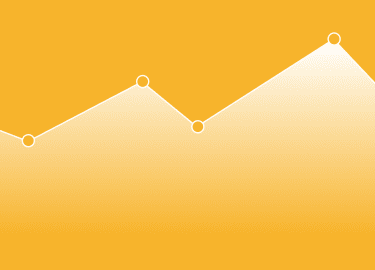INFLATION: Thursday’s US inflation report is the next big test for nervous markets and the data dependent Fed. Headline inflation peaked at 9.1% in June but the decline’s been slow. Whilst core inflation is back near highs. But this data is backward looking. All forward looking indicators (see below) are showing a significant easing of price pressures. This is crucial for markets. High inflation has driven the most aggressive Fed rate hiking cycle in recent history, crushing equity valuations, and stoking recession and earnings risk. Regardless of Thursday’s inflation print, this should give comfort that inflation has peaked and the top of the Fed rate cycle is on the horizon.
LOOKING AHEAD: Supply chain costs have collapsed dramatically from their pandemic highs. Jobs market indicators are now easing. Housing and rental increases are slowing. Gasoline and broader commodity prices down. Used car prices also falling. Crucially, inflation expectations have also been falling, both in financial markets and amongst consumers. This is in stark contrast to the 1970’s where unanchored expectations drove a lost decade inflation spiral. This shows the Fed’s still strong credibility and means a shorter, sharper rate cycle is our base case.
IMPLICATIONS: We see falling US inflation expectations, and rising recession risks, anchoring bond yields. This should relieve some of the dramatic pressure seen on valuations this year. This is needed to help offset the likely continued weakness in earnings growth forecasts. The broad fall in inflation lead indicators also raises our faith in a coming Fed rate hike deceleration and cycle top in Q1. This supports a market bottom. It is not a Fed pivot, but the necessary first step before eventual rate cuts later in 2023. This is the key trigger for the next bull market.
![]()
All data, figures & charts are valid as of 10/10/2022



